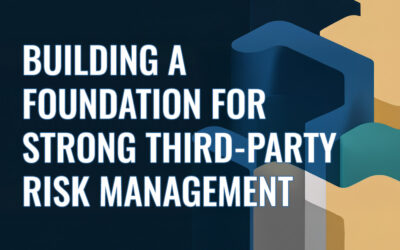The old security adage, “Trust, but verify,” no longer works in this hybrid workforce world. When IT departments scrambled to get their workers moved out of the office and into their own unsecure environments in early 2020, processes for accessing corporate networks were hastily put in place by most.
Today, two years later, some of those unsecure infrastructures are still in place.
Remote work is here to stay, which can compromise an organization’s network environment if not properly secured against cyberattacks. And zero trust is the answer to locking them down.
Prioritizing Zero Trust
The Zero Trust model (based on NIST 800-207) was developed back in 2009 by Forrester Research analyst John Kindervag. This security model focuses on the belief that trust creates vulnerabilities, and an organization’s security strategy must be based on the adage, “Never trust, always verify.”
A recent survey, titled CISO Perspective and Progress in Deploying Zero Trust, by the Cloud Security Alliance, found that 80-percent of C-level executives listed zero trust as one of their organization’s top priorities, and a whopping 94-percent are already in the process of implementing this security strategy.
These findings indicate a new, and welcome, trend in cybersecurity.
Adopting a Zero-Trust Mindset
Zero trust requires a shift in the way organizations view their own environments and the threat landscape in general. No longer can your security team assume they are doing everything possible to avoid a breach. Instead, they must adopt the mindset of:
- Never assuming you won’t be breached. Breaches can happen even in the most secure environments. So, your security team should also focus on limiting the impact of a breach when it happens.
- Never trusting networks or accounts. Your team can never assume that an account has not been hacked.
- Never giving employees full access. Limit their access to only those areas they need to complete their jobs.
Implementing a Zero-Trust Security Strategy
When your organization is ready to adopt the zero-trust model, the following security measures should be put in place company-wide:
- Endpoint: Your security team must deploy endpoint controls, which will ensure no device is compromised prior to connecting to your network. Before granting access to a device, your security team must verify that no threats exist.
- Passwords: Multifactor authentication is a vital part of a zero-trust strategy, requiring users to authenticate their identities prior to logging in.
- Access: Limit employee access to only those networks and systems they need to accomplish a task. By doing so, you’ll limit a threat actor’s ability to infiltrate your entire network.
By locking down your organization’s endpoints, passwords and employee access, your security team can isolate a comprised device and minimize the impact of an attack.
Additional Levels of Security
A zero-trust model can help reduce the possibility of a breach, but what about your third-party vendors? Each one should be treated as just another endpoint that must be verified and monitored. But without continuous monitoring of your systems, things can easily slip through the cracks.
ProcessBolt’s ThreatScape automatically monitors every website, application and IP address in your network, so if a threat actor does slip in, ThreatScape notifies you immediately. Our proprietary platform helps you identify unauthorized activity and remediate potential threats before they occur.
Contact us to receive a demo of the platform.




